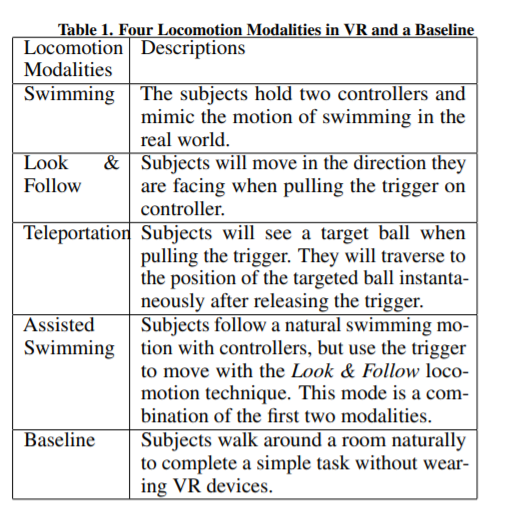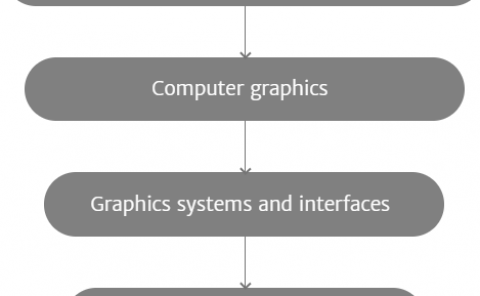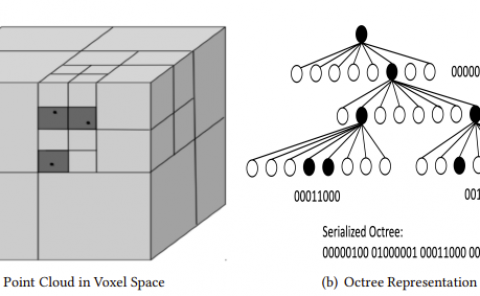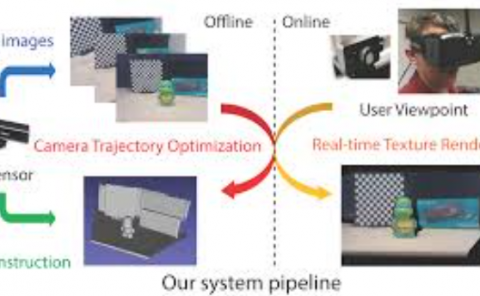Accessibility of Virtual Reality Locomotion Modalities to Adults and Minors
PubDate: Apr 2019
Teams: UC Berkeley;Lawrence Hall of Science
Writers: Zhijiong Huang, Yu Zhang, Kathryn C. Quigley, Ramya Sankar, Clemence Wormser, Xinxin Mo, Allen Y. Yang
PDF: Accessibility of Virtual Reality Locomotion Modalities to Adults and Minors

Abstract
Virtual reality (VR) is an important new technology that is fun-damentally changing the way people experience entertainment and education content. Due to the fact that most currently available VR products are one size fits all, the accessibility of the content design and user interface design, even for healthy children is not well understood. It requires more research to ensure that children can have equally good user compared to adults in VR. In our study, we seek to explore accessibility of locomotion in VR between healthy adults and minors along both objective and subjective dimensions. We performed a user experience experiment where subjects completed a simple task of moving and touching underwater animals in VR using one of four different locomotion modalities, as well as real-world walking without wearing VR headsets as the baseline. Our results show that physical body movement that mirrors real-world movement exclusively is the least preferred by both adults and minors. However, within the different modalities of controller assisted locomotion there are variations between adults and minors for preference and challenge levels.



